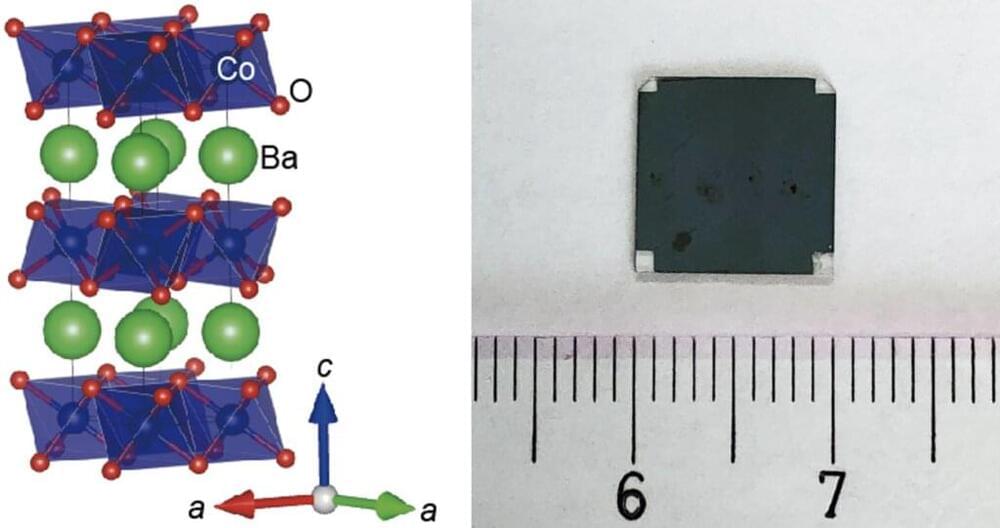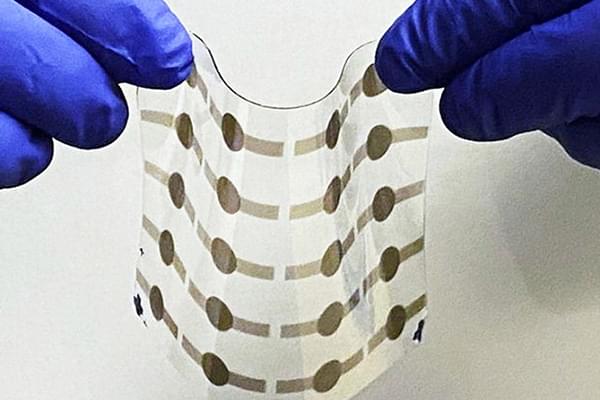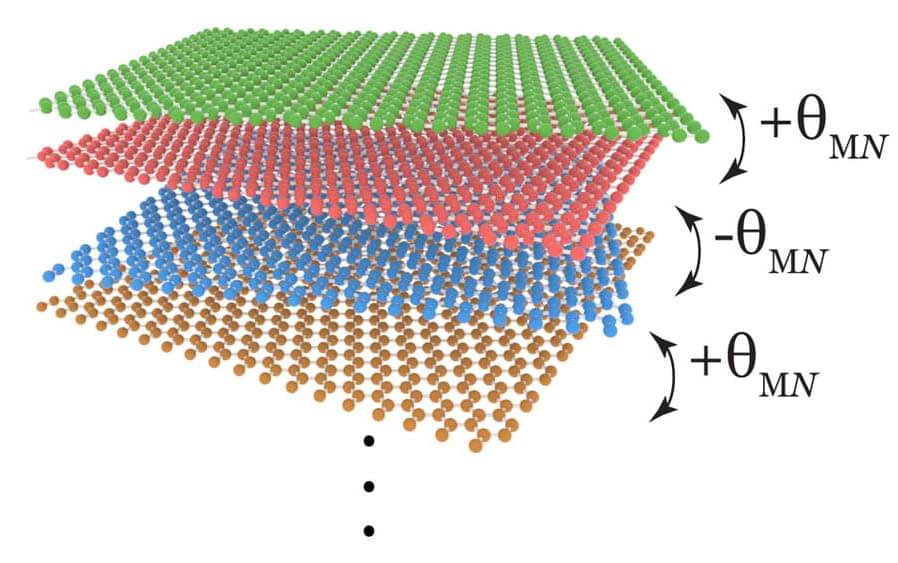Jul 13, 2022
‘Life-like’ lasers can self-organize, adapt their structure, and cooperate
Posted by Shubham Ghosh Roy in categories: biotech/medical, materials
While many artificial materials have advanced properties, they have a long way to go to combine the versatility and functionality of living materials that can adapt to their situation. For example, in the human body bone and muscle continuously reorganise their structure and composition to better sustain changing weight and level of activity.
Now, researchers from Imperial College London and University College London have demonstrated the first spontaneously self-organising laser device, which can reconfigure when conditions change.
The innovation, reported in Nature Physics (“Self-organized Lasers of Reconfigurable Colloidal Assemblies”), will help enable the development of smart photonic materials capable of better mimicking properties of biological matter, such as responsiveness, adaptation, self-healing, and collective behaviour.

















